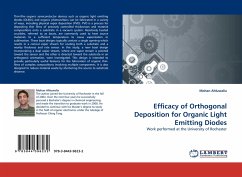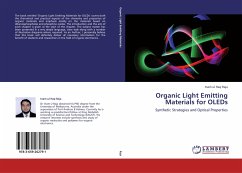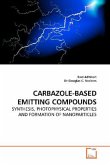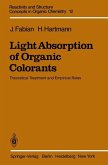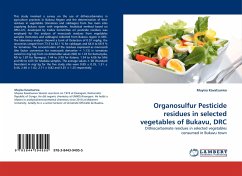Thin-film organic semiconductor devices such as organic light emitting diodes (OLEDs) and organic photovoltaics can be fabricated in a variety of ways, including physical vapor deposition (PVD). PVD is a process for depositing thin films of precisely controlled thicknesses and material compositions onto a substrate in a vacuum system. Resistively heated crucibles, referred to as boats, are commonly used to heat source materials to a sufficient temperature to cause vaporization or sublimation. These boat designs typically contain a single opening which results in a conical vapor stream for coating both a substrate and a nearby thickness and rate sensor. In this study, a new boat design incorporating a dual vapor stream, where one vapor stream is pointed toward the sensor and the other is directed toward the substrate in an orthogonal orientation, were investigated. This design is intended to provide particularly useful features for the fabrication of organic thin-films of complex compositions involving multiple components. It is also designed to reduce material waste by shortening the source to substrate distance.
Bitte wählen Sie Ihr Anliegen aus.
Rechnungen
Retourenschein anfordern
Bestellstatus
Storno

